CNS: You said the Chinese and Western civilizations were truly two heterogeneous civilizations. Do different civilizations have similarities?
Zhang Guogang: During ancient Roman times, there were well established sea and land routes around the Mediterranean; Western Eurasia, even South Asia and North Africa had close contacts since ancient times. Only distant China, separated by mountains and deserts, was in a relatively isolated geographical area and thus developed a unique Chinese civilization. For the Western world, China on the east of the Tianshan Mountains is the East with the “otherness.” All the civilized entities to the west of the Tianshan Mountains share some common connections in history, religion, language and war, which together reflect the uniqueness of the Chinese civilization. But that does not mean there are no similarities.
In fact, the commonality of all civilizations lies in that they work out a relationship between man and nature, man and God, man and society, and man and man. The interests in the world are both conflicting and related, so governance is needed. In the process of governance, the West emphasizes individual rights, autonomy and freedom, while China stresses group interests and collective rights, and restricts individual rights. This difference is the result of a long historical tradition. China and the West have chosen different paths, and their priorities are different. But the ultimate goal is to ensure human survival and development, improve the quality of life, and make the relationship between man, nature and society more harmonious.
CNS: You have frequently said that there was distortion and misinterpretation in the process of mutual learning among civilizations. How did this interaction, driven by self needs, influence the history of exchanges between the Chinese and Western civilizations?
Zhang Guogang: Selective interpretation or “misreading” abounds in history.
Need is an important aspect affecting cultural exchange. Take Buddhism for example. The element of filial piety in the life story of the Shakyamuni Buddha has been strengthened in China. In the late Tang and Five Dynasties (907–960), Chinese Buddhists compiled the Twenty-Four Stories of Filial Piety; Indian Zen developed into Buddhist Zen in China. The Orphan of Zhao, a Chinese play attributed to 13th-century playwright Ji Junxiang and regarded as the Chinese Hamlet, was adapted by Voltaire because its moral appeals of benevolence, royalty and justice met the needs of the European society, and Adam Smith’s The Theory of Moral Sentiments also reflected such moral appeals.
The same is true of commodities. In the Ming and Qing dynasties, there was a demand for Chinese porcelain in the West. So porcelain and its production technology were introduced in the West, which were then mastered and improved to produce higher quality porcelain. The compass was invented in China, but Westerners transformed it into the mariner’s compass; in the Qing Dynasty, China introduced the compass again.
An exchange among civilizations is possible only when the recipient needs it. After the different experiences of different civilizations are interpreted, a civilization usually adds its own actual needs, which is a kind of reference and transformation for localization. Simply copying the West doesn’t work; the Western experience needs to be reformed for our own use.
CNS: The world today is a global village. As the Chinese saying goes, “All people under the heaven are one family.” If there is a common value in today’s world, what could it be? Can there be mutual recognition and integration among civilizations through exchanges and mutual learning?
Zhang Guogang: As the West took the lead in industrialization, Western civilization has remained strong for hundreds of years. However, the developing countries are still struggling with poverty and backwardness, which shows that the Western civilization cannot completely solve humanity’s development problems.
Different civilizations have their own characteristics, they coexist and complement each other; the world cannot be unified by any one civilization. Realistically, apart from the Western civilization, another civilization is needed to break the asymmetry that has existed for some time. Whether from a historical or realistic perspective, the Chinese civilization can help achieve a balance. The development of civilization requires more ideas and inclusiveness.
China pulling its 1.4 billion people out of absolute poverty and moving toward modernization is a great achievement of the human civilization. China’s dream of national rejuvenation has never meant seeking hegemony, but addressing the unbalanced development in the world and helping to achieve common prosperity.
To respect other civilizations, we must change our mindset. The world is changing, so there’s no room for complacency. We need reform. The West needs to solve its ideological disputes and stop populism while China needs to improve the rule of law, marketization, internationalization and modernization of its governance capacity. However, China’s core socialist values also contain the concepts of freedom, democracy, human rights and the rule of law, so it is possible for China and the West to complement and balance each other. This is the significance of exchanges and mutual learning among civilizations.
Edited by Wang Zonghan
2024.1.7














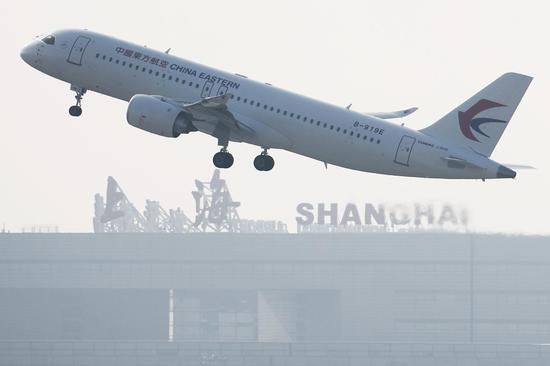
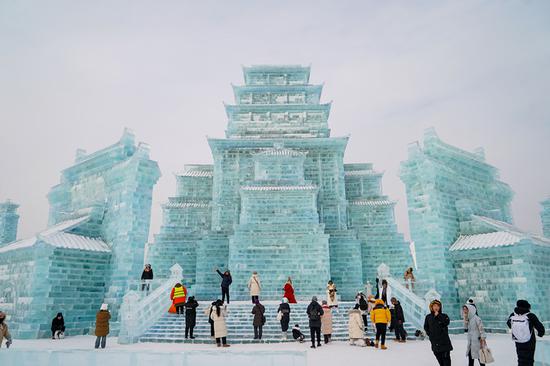



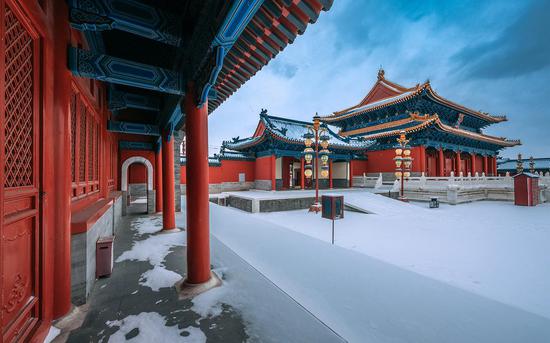



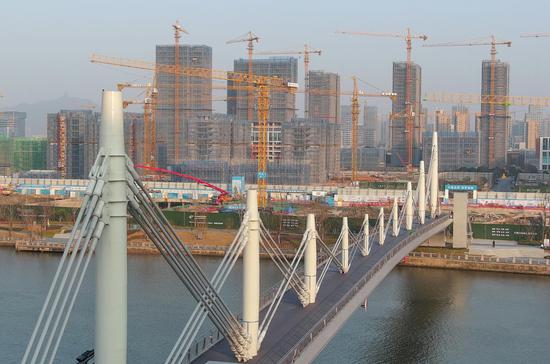


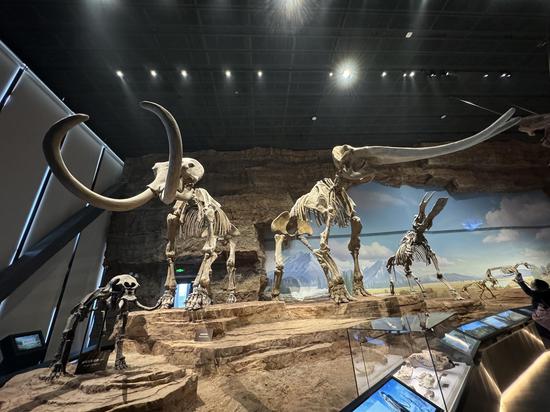


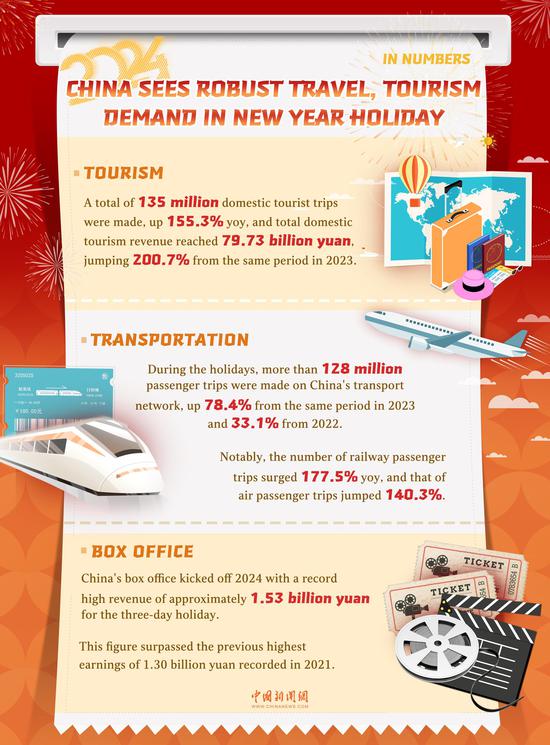


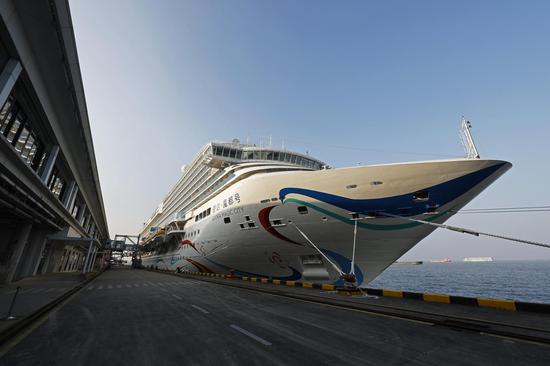
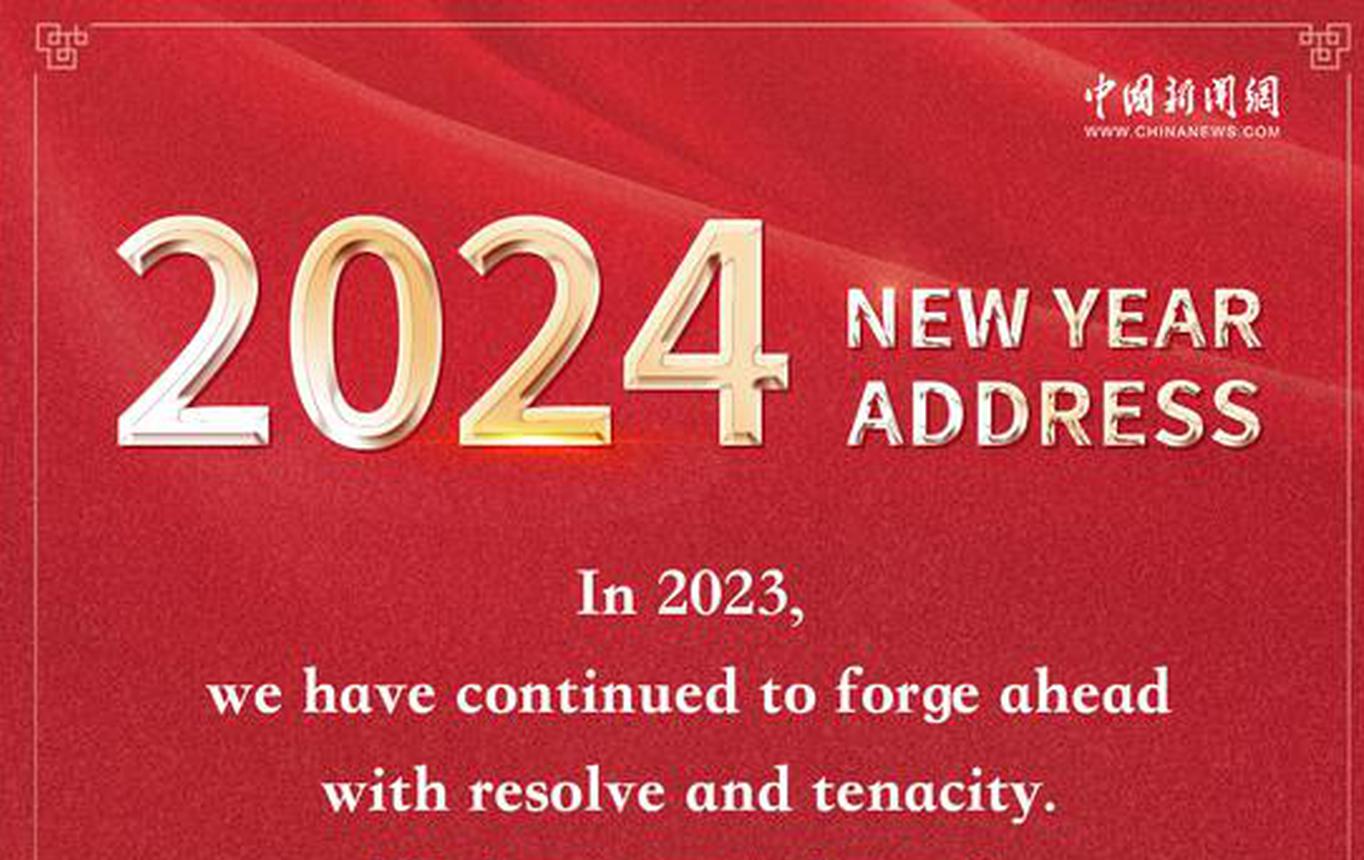


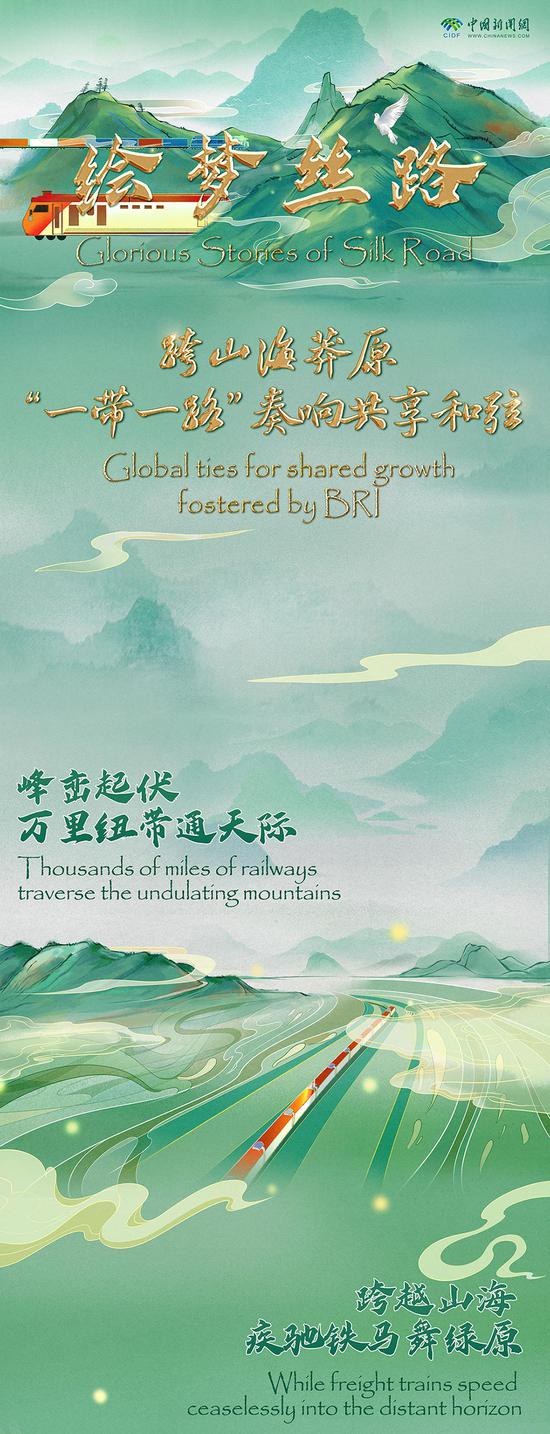



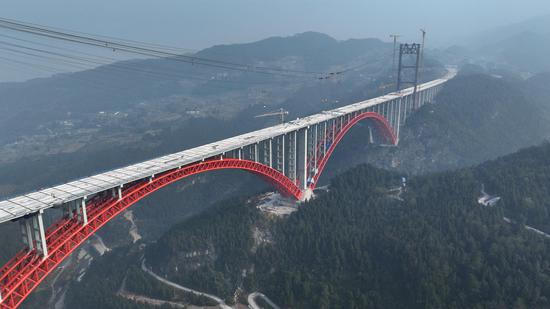

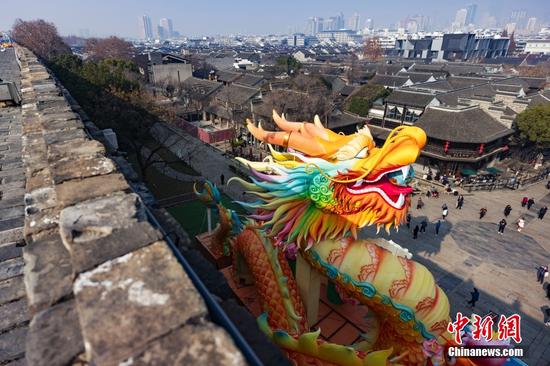

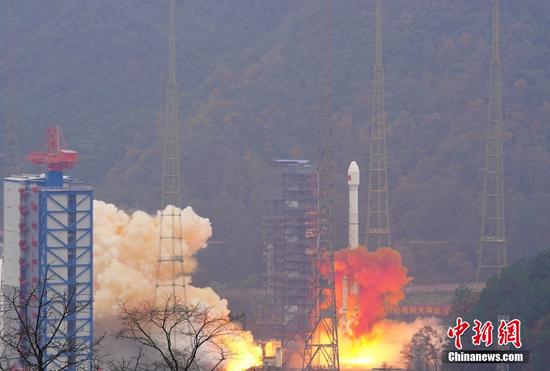



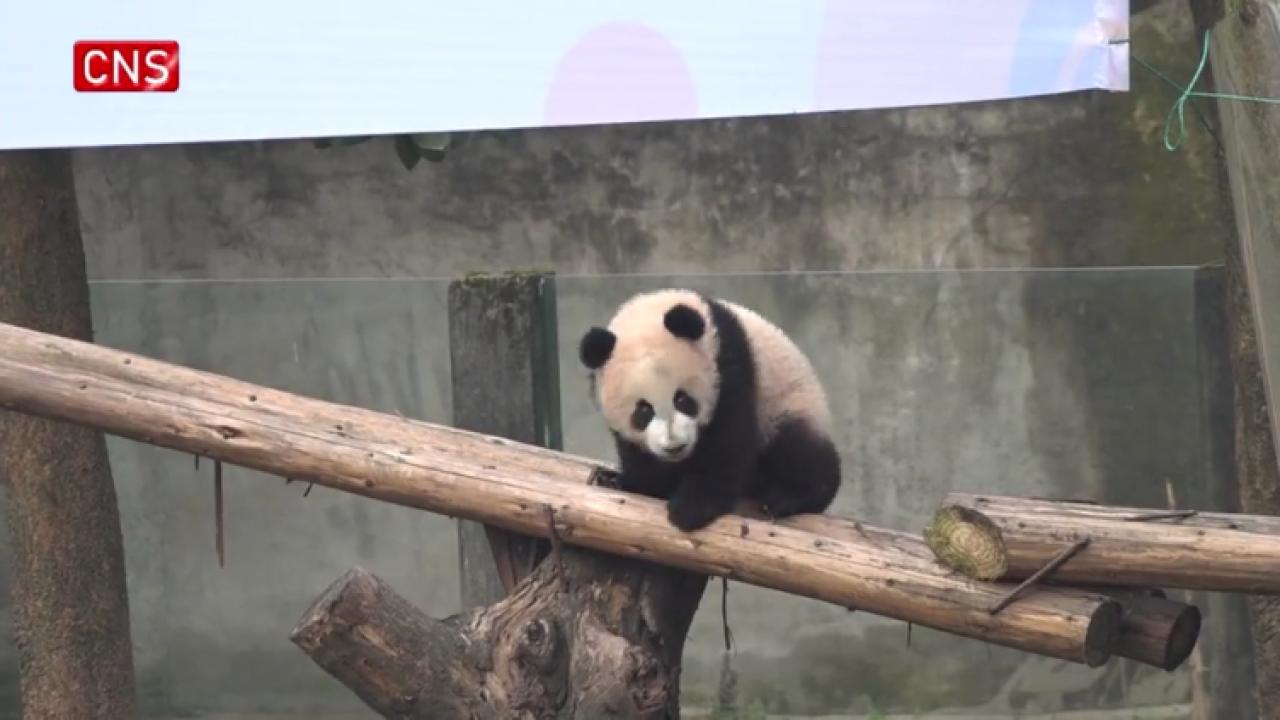

 京公网安备 11010202009201号
京公网安备 11010202009201号